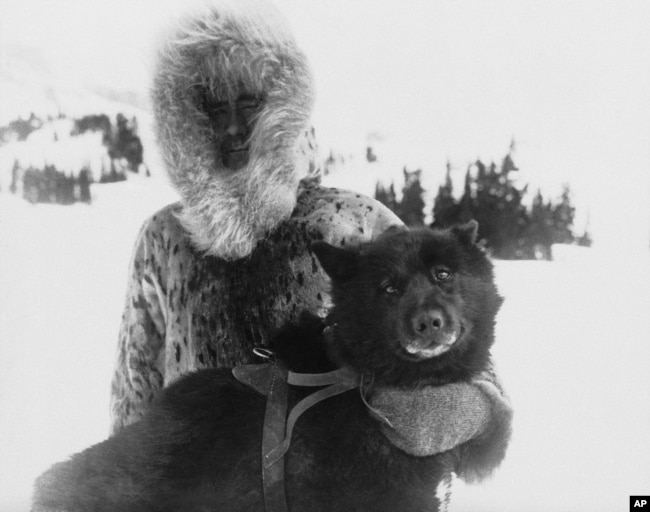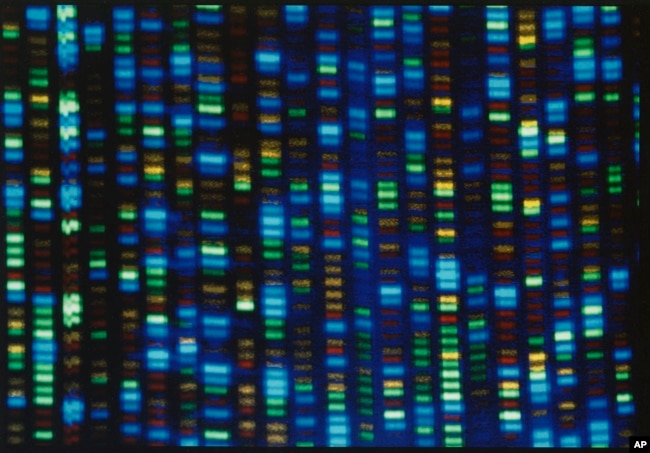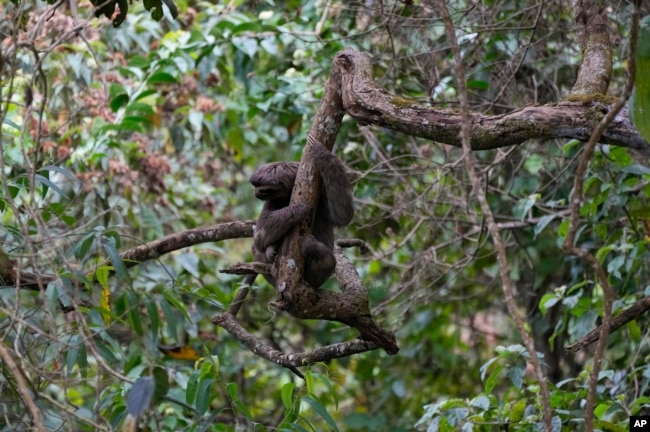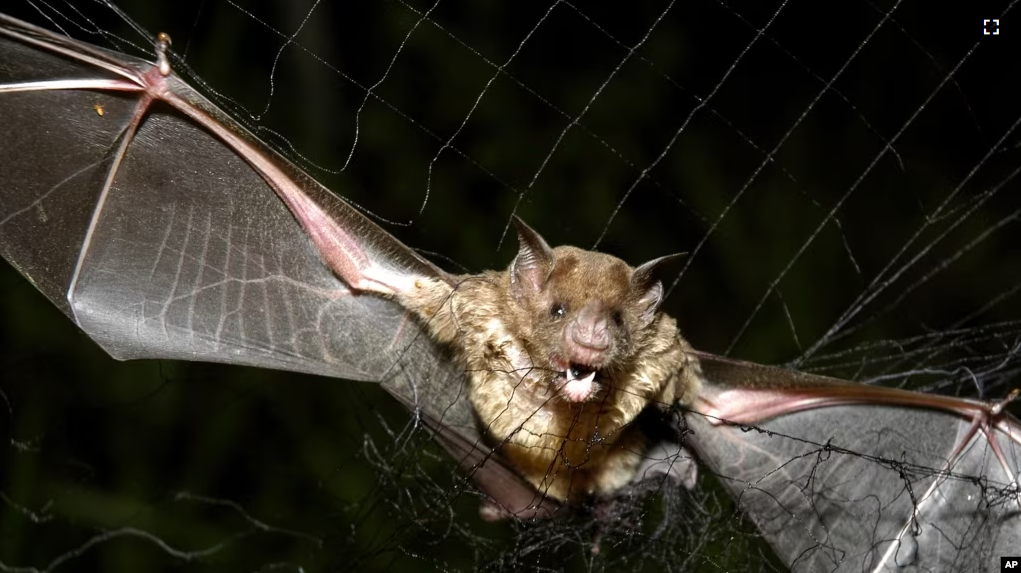Scientists are studying the genetic information of different animals that could help them learn more about human life. They are discovering qualities shared among different species.
One of the main findings they report is that certain areas of genetic information have stayed the same throughout evolution.
The scientists are part of an international effort called the Zoonomia Project. Eleven papers about the research appeared in the recent issue of the publication Science. The Zoonomia team is led by Elinor Karlsson and Kerstin Lindblad-Toh at the Broad Institute of MIT and Harvard.
The studies offer understanding of human qualities and diseases and animal abilities, like hibernation. It even includes genetic information about Balto, a sled dog who helped save lives in Alaska in the year 1925.

Scientists looked at 240 species of mammals. They sequenced and compared the species’ genomes or the “instructions” that organisms need to grow and operate.
Lindblad-Toh teaches comparative genomics at the Uppsala University in Sweden. She said, “The human genome was sequenced more than 20 years ago and, despite that, it’s still really hard to understand what the functional elements are.”
The scientists found 4,552 genomic elements that are the same across mammal species and were identical in 235 of the 240 species. Some elements have stayed the same for millions of years of evolution. At least 10 percent of the human genome is mostly unchanged across the species, one study found.

Certain genes help create proteins. These proteins control the functions of cells, which is the main purpose of DNA. The areas of the genome that is unchanged occurs outside of these one percent of genes.
The theory is that these unchanged parts might serve a purpose and may be “regulatory elements.” These elements contain commands directing how much protein is produced and where and when it is produced.
Matthew Christmas is an evolution genetics expert at the Uppsala University and a lead writer of one of the published studies.
“Many of these elements are located close to genes involved in embryo development – a process that needs to be tightly controlled if it is to result in the development of a healthy” and functional animal.
Scientists found more than three million of these regulatory elements in the human genome. Almost half of these were not known before.
They also focused on changes within animals. Scientists looked at the genetic sequences of certain species and compared them with their ancestors.
Karlsson said that some species saw many changes over a short time in connection with change to their environments.
Hibernation is one example. The findings on hibernation genetics could help with human therapies, intensive care and even space flight.
“One of the really cool things about mammals is that at this point in time, they’ve basically adapted to survive in nearly every single ecosystem on Earth,” Karlsson said.
The Zoonomia studies have even shown how different mammals’ sense of smell differs. Mammals like the African savanna elephant and the two-toed sloth have a very sharp sense of smell. Whales and dolphins have almost no sense of smell, while humans are somewhere in the middle.

Another group of scientists looked for genes that other mammals have but humans do not.
Steven Reilly is a genetics researcher at Yale University. He said that instead of focusing on new qualities that are unique to humans, they looked at what humans did not have.
“Losing pieces of DNA can actually generate new features,” Reilly said.
He said that, for example, a small DNA deletion between chimpanzees and humans that occurred 6-7 million years ago caused a lot of changes in the expression of the genes.
Those changes were to the regulation of the nervous system genes.
Christmas added, “This makes sense as some of the biggest differences between us and our ape cousins are in our brain power….”
I’m Faith Pirlo.
Faith Pirlo adapted this story based on reports from Will Dunham for Reuters and Laura Ungar for the Associated Press.
_______________________________________________________________
Words in This Story
species – n. a group of animals or plants that are similar and can produce young animals or plants
evolution – n. a process of slow change and development
hibernation – n. to spend the winter sleeping or resting
mammal – n. a type of animal that feeds milk to its young and
regulatory – adj. controlling an activity or process, especially by using rules
